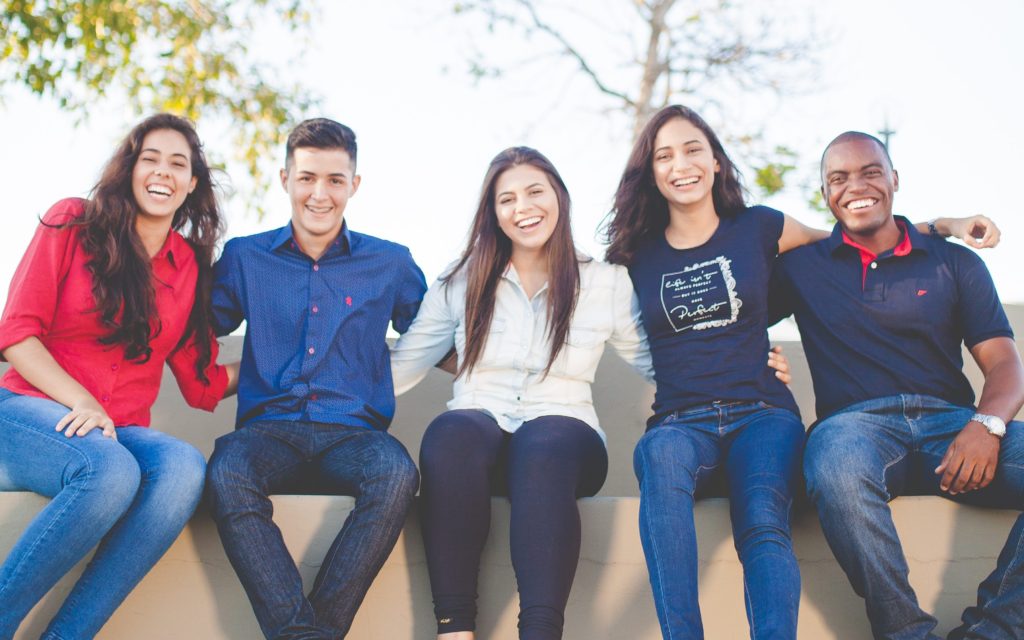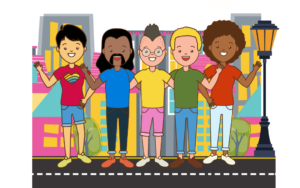METRAC works with individuals, communities and institutions to change ideas, actions and policies with the goal of ending violence against women and youth. Delivering relevant and boundary-breaking services and programs, we focus on education and prevention and use innovative tools to build safety, justice and equity.
Key statistics
- The World Health Organization estimates that 23% of women in North America experiences physical or sexual violence from a partner or sexual violence from a non-partner (2013).
- Half of all women in Canada have experienced at least one incident of physical or sexual violence since the age of 16 (Statistics Canada, 1993).
- One in 4 Canadians have tried to help a friend leave an abusive partner. “Although Canadians are likely to report abuse to their friends, 13 per cent of respondents do not have confidence that their friends would believe them. Canadians also worry that their family (16 per cent), doctors (15 per cent) and police or other authorities (28 per cent) would not take their reports seriously.” (Canadian Women’s Foundation, 2014).
- Of the 19 million Canadians who reported having a current or former spouse in 2009, six percent reported being physically or sexually victimized by their partner or spouse in the preceding five years. Women reported experiencing repeated and/or more serious forms of violence, and “younger Canadians were more likely to report being a victim of spousal violence” (Statistics Canada, 2011).
- “Sexual assault is one of the most under-reported crimes … fewer than 10% of sexual assaults in both survey years were reported to the police” (Statistics Canada, 2006).
- Young women experience higher rates of stalking or criminal harassment (AuCoin, 2005).
Why women and youth?
We focus on women because they are at highest risk of intimate partner violence, family violence, sexual assault and harassment and stalking. These kinds of violence most often happen in relationships (past or present), include control and power imbalances, and/or happen when women are targeted because of their gender.

We focus on youth because age is more than a number – young women are at highest risk of violence against women. Youth in general face high risk of violence and statistics show that when violence happens at home, children often witness it.
It’s complicated and simple. Women and youth don’t always get the rights and respect they deserve, and that means they more often experience this kind of violence.
Gender inclusion
At the same time, it’s not just about women. Transgender people experience violence in high numbers and men face violence too. It’s also important to understand gender stereotypes – ideas about how a “real man” and “real woman” should be. They can make it seem normal and okay that transgender people are targeted and that men should “be tough” and get “roughed up”. They can make love seem like control. They can make us forget that everyone has to help stop violence against women and youth.

